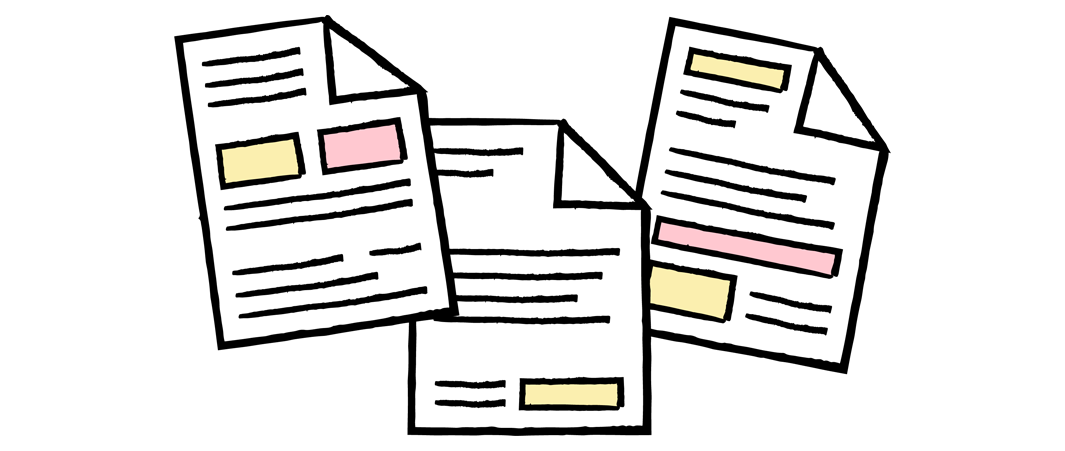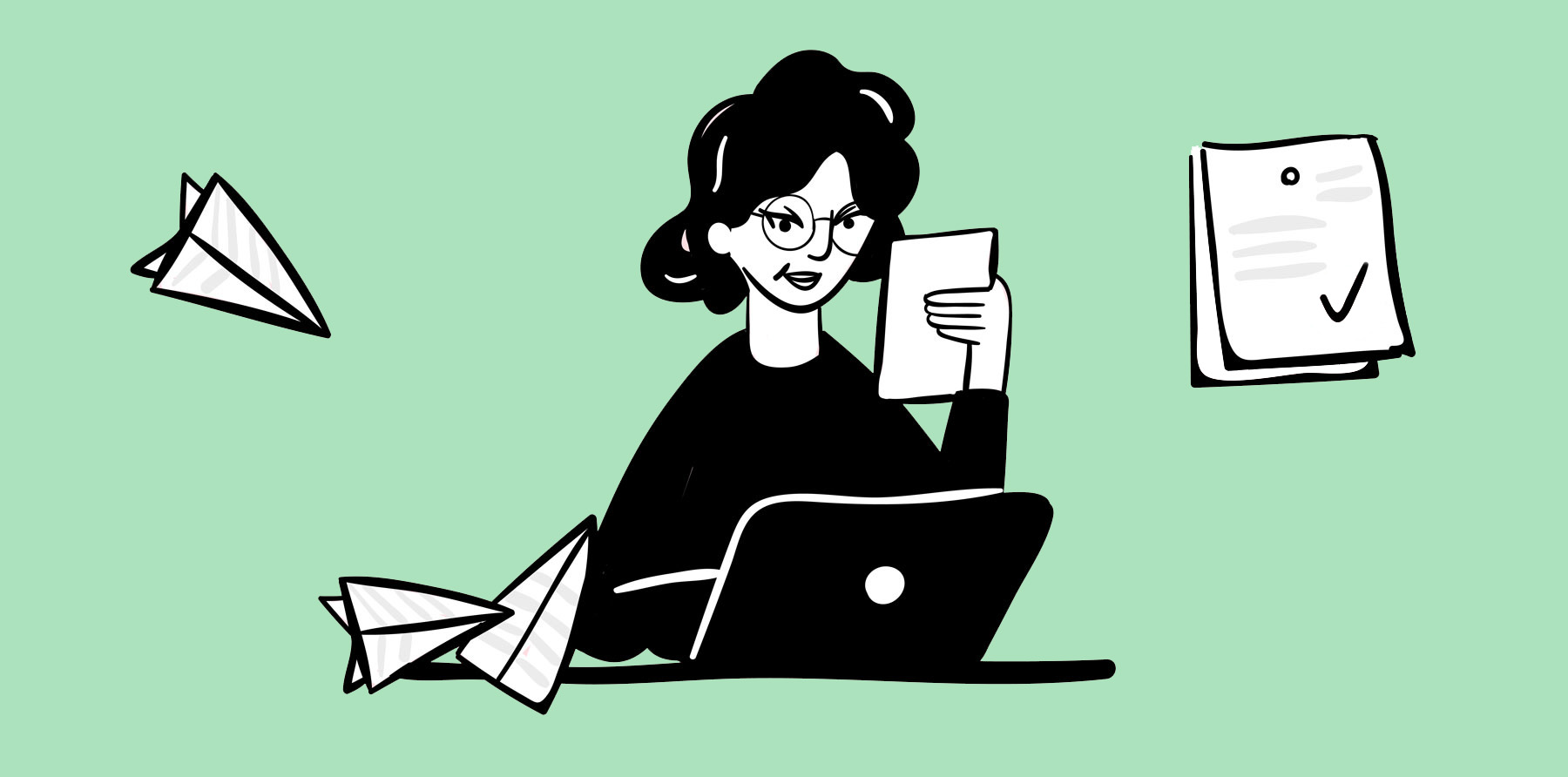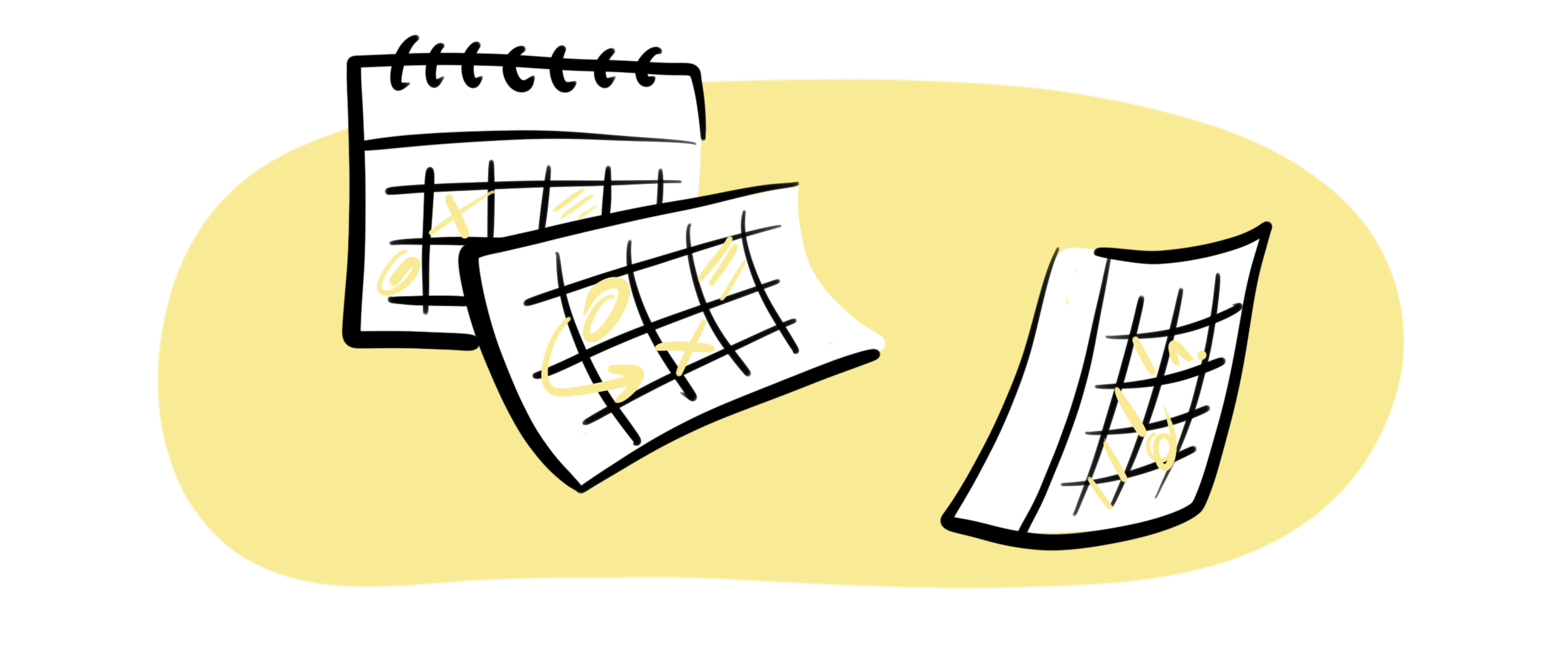VAT accounting: How to stay on HMRC’s good side


Fresh insights from 2,650 finance decision-makers across Europe
So you, your business and HMRC are all kept happy. Whew.
What exactly is VAT?
VAT is a form of tax that’s added every time an item or service gains value. In fact, VAT stands for Value Added Tax.
VAT-registered sellers usually have to charge VAT to their customers at an extra 20% of the worth of their goods or service – also known as standard rate VAT. However, there are different rates of VAT for different products and services, like food and drinks.
The seller then keeps this money aside and sends it on to HMRC when they do their VAT return.
Aside from the standard rate of VAT, there are also:
It’s worth double-checking with HMRC which VAT rate applies to your goods or services.
When should you register for VAT?
Legally you must register for VAT if:
- Over the last 12 months your total taxable turnover was over the current VAT threshold of £90,000
- You expect your turnover to go over £90,000 in the next 30 days
Bear in mind it’s the last 12 calendar months you need to keep an eye on, not just the financial year.
You could also choose to register for VAT if it makes sense for your business even if you don’t pass the threshold. We’ll get into details of this decision later on.
The advantages of VAT registration
There are a few big plus points when it comes to VAT registration. You can:
- Reclaim any VAT you have paid for business purpose (some businesses may actually save money by doing so if their clients are organisations that can also reclaim VAT)
- It makes a business appear more professional to other businesses
- It can make your turnover appear higher to other businesses then it actually is (if you’ve voluntarily registered)
The disadvantages of VAT registration
VAT registration isn’t right for anyone, especially if your customers are not VAT registered themselves and you have low outgoings. This is because:
- If you have low outgoings you won’t be able to claim back much
- You’ll have to charge more and could price yourself out of the market
- You’ll have to spend more time and money on your administration and accounting

Registering for VAT
You can either register for VAT yourself online or use an agent, such as an accountant or a specific VAT accounting company.
If you cannot register online you can use the post to register for VAT, but only under certain circumstances.
Registering for VAT online
You’ll have to use your Government Gateway user ID and password to register for VAT online. When you do this it also creates your VAT online account where you do your VAT return.
If you don’t have a user ID you can create one the first time you log in.
Using an agent
If you decide to use an agent to complete your VAT returns then make sure they meet HMRC’s standard for agents. You’ll then have to authorise your agent so HMRC knows they can communicate with this agent on your behalf.
You can still sign up online for a VAT account even if you then decide to use an agent to complete your VAT returns going forward.
When you cannot register online
You can register for VAT by post if:
- You’re going to apply for a ‘registration exception’
- You’re joining the Agricultural Flat Rate Scheme
- You’re registering the divisions or business units of a body corporate under separate VAT numbers.
You’ll need to fill in a VAT1 form and any additional forms needed by HMRC depending on the nature of your business.
UK VAT accounting schemes
If you register for VAT, there are a few different VAT accounting schemes you can go about telling the government how much you owe them and how much they owe you.
What’s best for your company will depend on:
- Your cash flow
- How much you charge VAT and get charged
- How large the finance team is in your organisation.
Let’s take a look at the different ways you can do your VAT accounting.
Standard VAT accounting
With standard VAT accounting you must keep a record of all your purchases and sales, and the amount of VAT you paid or charged. With this method, VAT payments are recorded on the date invoices are raised, rather than the date they’re paid.
If you charged more VAT on goods and services than you paid on allowable business expenses, you’ll owe HMRC money. If you paid out more VAT than you charged then HMRC may owe you money.
If you’re considering the standard method of VAT accounting, it’s worth reviewing your cash flow and whether your clients are prompt payers. With this method, if the invoice is raised you’ll already owe HMRC the VAT even if your customer hasn’t paid you yet.
VAT Flat Rate Scheme
The VAT Flat Rate Scheme means you work out your VAT as a percentage of your annual turnover.
It's a bit easier to get to grips with than standard VAT accounting as it's a simpler process with less paperwork. HMRC created the Flat Rate Scheme for small businesses to reduce the extra administration time VAT registration costs.
To be eligible for the VAT Flat Rate Scheme you have to be VAT registered, and your VAT taxable turnover must be less than £150,000 before VAT.
The exact percentage you use varies from industry to industry. For example, post offices pay 5% whilst legal services pay 14.5%.
Check out the government’s website to find the right percentage for your business.
With the Flat Rate Scheme, you can actually keep the extra money if you end up collecting more VAT from customers than you need to give to HMRC. But you can’t reclaim VAT that you’ve paid on allowable business expenditure unless it's a capital asset worth over £2,000.
VAT Cash Accounting Scheme
The VAT Cash Accounting Scheme is similar to standard VAT accounting but everything is based on the payment date, not the invoice date. This can be a great option for businesses that need to keep a close eye on cash flow and don’t always have enough in the bank to cover their quarterly VAT.
One of the downsides is that it works both ways, so just because you have a bill or an invoice that you could claim the VAT back on until that money has gone you can’t claim.
VAT Annual Accounting Scheme
As the name suggests, with the VAT Annual Accounting Scheme you’ll be doing your VAT return annually instead of quarterly. It's similar to standard VAT accounting, as you pay based on what’s been invoiced not what’s been paid.
Though you only do your VAT return once a year, in the year leading up it you pay towards what you estimate the VAT you owe will be. So payments are spread out across the whole year which can be better for cash flow.
Sometimes this results in companies over or underpaying HMRC. So when you do your VAT return at the end of the year you may have to pay extra or request some money back.
To join the VAT Annual Accounting Scheme you must have a VAT taxable turnover lower than £1.35 million, and your turnover has to stay at less than 1.6 million to remain in the scheme.

VAT retail schemes
Calculating VAT when you buy and sell goods can be tricky, so there are three different VAT retail schemes to help overcome these obstacles.
Point of Sale Scheme
The Point of Sale Scheme is where VAT is identified and recorded the moment you sell something, so it’s useful if you have an electronic till. You’d then add up all the sales that you need to pay VAT on, and divide it by 6 for 20% rated goods and 21 for 5% rated goods.
Apportionment Scheme
The Apportionment Scheme is for goods you’ve bought for resale. It allows you to calculate the total value of goods purchased for resale rather than having to do each one individually.
You can’t use apportionment if you provide:
- Services
- Goods that you’ve made or grown yourself
- Catering services
Direct Calculation Scheme
The Direct Calculation Scheme is a good option if you make a small number of sales at one VAT rate, and a large number of sales at another. It's a simple way to work out your VAT bill using expected selling prices (or ESP) without having to look at each individual transaction.
Your annual turnover before VAT has to be lower than £1 million to be eligible for the direct calculation scheme.
VAT margin schemes
VAT margin schemes are designed to tax the difference between the cost of the item when you bought it versus the cost of the item when you sold it. You then pay a VAT rate of 16.67% on the difference between the two costs.
It’s been created for trades like:
- Second-hand goods
- Works of art
- Antiques
- Collectors’ items
You cannot use the VAT margin scheme for:
- Any item you bought which you were already charged VAT on
- Precious metals
- Investment gold
- Precious stones

Submitting your VAT returns
Once you’re VAT registered, you’ll receive a certificate of registration.
The next time you log into HMRC online and register for VAT Online Services you’ll need to give your:
- VAT registration number
- Effective date of registration for VAT
- The final month of the last VAT return you submitted (if applicable)
- Business' postcode
You’re now ready to submit your VAT returns online. Fab!
You’ll be asked to give all the details on your sales and purchases and the amount of VAT applied to each one. Unless, of course, you’re using a VAT scheme that works differently.
The frequency of your VAT return will also depend on which scheme you’ve chosen and could be monthly, quarterly or annually.
What you can and can’t claim VAT-wise
You can claim VAT back on most business expenditures, but there are a few exceptions.
You cannot claim VAT back on:
- The cost of entertaining or providing hospitality to people you do business with
- Goods or services your business uses to make VAT-exempt supplies
- Fuel you use for personal mileage
- Anything that’s for personal use
- Goods sold to you under the VAT second-hand margin scheme
- Business assets that someone transfers to you as a ‘going concern’
You can reclaim VAT on:
- Business expenditure such as stock, work tools, computers, stationary etc.
- Bad debt
VAT accounting for bad debt
Bad debt is when a company pays VAT to HMRC on an invoice they’ve sent out, but the client never pays up. This means you’ve paid tax on something you haven’t actually sold.
You can claim this VAT back on through your VAT return so long as:
- You haven’t sold the debt
- You did not charge more than your regular price
- The debt is between six months and four and a half years old
If after you’ve made your claim the customer pays you, you have to send the VAT back to HMRC in your next VAT return.
All the ways to pay HMRC
Unless you’re eligible for online registration exemption, HMRC no longer accepts cheques, so you’ll have to pay HMRC your VAT digitally or over the phone. You could pay using:
- A credit or debit card
- A direct debit
- CHAPS
- Standing order
- Telephone banking
What if you are late to pay?
If you’re late sending your VAT return or don’t send your payment in time, HMRC will record it as a default. You’ll enter a 12-month surcharge period, and if you default again that period will be extended.
HMRC fines can be significant if you’re late with filing, paying, or get the amount of VAT you owe HMRC incorrect information.
Payments received before an invoice
Even if you're using the standard accounting scheme where you pay at the point of invoice, if a customer pays you in advance of the invoice you must still pay VAT on this.
This includes if a customer pays you a deposit before the full payment as a supply is still deemed to have taken place. The deposit is one tax point and the full payment is a separate one.
When can you claim interest from HMRC?
If you’ve overpaid on VAT and have to wait for a refund you can claim interest from HMRC. Usually, you can claim from the time between your VAT payment and the date they authorise your refund.
You must claim the interest separately from the repayment itself within four years of the repayment’s authorisation date. Bear in mind any interest HMRC pays you is taxable.
HMRC may also charge you interest if you pay less VAT than you should or try and claim back more than you can. This interest is not tax deductible and can be increased every 30 days for up to two years.
Making Tax Digital
In April 2019 the UK government introduced the Making Tax Digital for VAT (MTDfV) initiative. Businesses that fall into the scope of the MTDfV are now required to submit their VAT returns using accounting or bridging software compatible with the government’s online VAT portal.
You can search for software on the government’s website.
Keep track of your VAT with Pleo
Pleo’s automated invoice software helps you retain all the evidence you need to pay VAT or show that you’ve accurately reversed it. You can then integrate it with a Making Tax Digital compliant software like from Sage to Quickbooks.
Pretty cool? We think so too.
